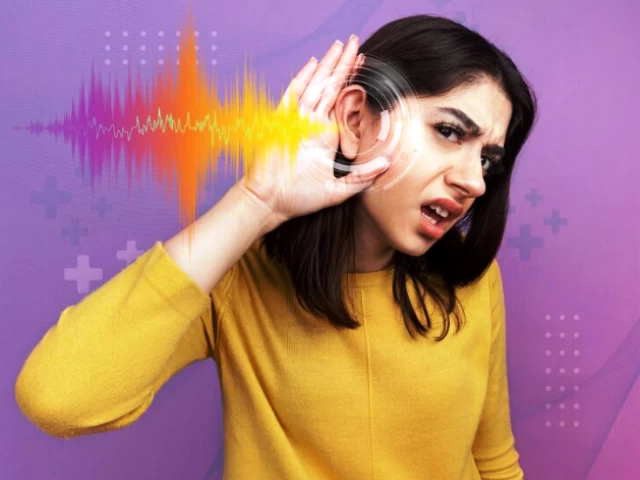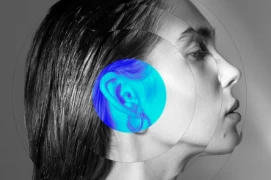
Chronic Otitis Media - Part 2: Types and Diagnostic Methods
- Chronic Otitis Media - Part 2: Types and Diagnostic Methods
- Types of Chronic Otitis Media
- Diagnosing Chronic Otitis Media
Chronic otitis media is a chronic disease resulting from inflammation of the middle ear, which can lead to serious issues, including hearing loss. In the first part of my three-part series on chronic otitis media, I shared information about the disease's definition. In this second part, I will discuss the types of the disease and then delve into diagnostic methods.
Types of Chronic Otitis Media
Different types of chronic otitis media are classified based on specific characteristics and the affected ear region. The two main types are as follows:
- Mucosal Type (Serous Otitis Media): Commonly known as "serous otitis media," this type involves the accumulation of fluid in the air-filled space of the middle ear. Mucosal type typically develops due to factors such as imbalances in middle ear air pressure or dysfunction of the Eustachian tube. Symptoms include hearing loss, a feeling of ear fullness, and sometimes ear discharge. Treatments may involve antibiotics, decongestants, or procedures like inserting a ventilation tube into the Eustachian tube.
- Squamous Type (Cholesteatomatous Otitis Media): Also referred to as cholesteatomatous otitis media, this type is characterized by the abnormal accumulation of skin cells, known as cholesteatoma, usually in the middle or posterior regions of the middle ear. This type often arises due to the perforation of the eardrum, allowing inflamed skin cells to enter the middle ear. Cholesteatoma formation is frequently associated with recurrent infections. Symptoms include ear discharge, hearing loss, ear pain, dizziness, and facial paralysis. Squamous otitis media often requires surgical intervention, with the removal of cholesteatoma and cleaning of the middle ear being common treatment methods.
Both types of chronic otitis media affect individuals to varying degrees based on their symptoms, the duration of the disease, and its severity.

Diagnosing Chronic Otitis Media
The diagnosis of chronic otitis media is typically made through a detailed evaluation conducted by an Ear, Nose, and Throat (ENT) specialist. The diagnostic process involves the following steps:
- Patient History (Anamnesis): The specialist gathers detailed information about the patient's symptoms, signs, past ear issues, recurrent infections, hearing loss, and previous treatments. This information provides crucial insights into potential causes and the course of chronic otitis media.
- Physical Examination: The ENT specialist conducts an examination of the ear, nose, and throat. Steps include assessing the condition of the eardrum, checking for ear discharge, examining inner ear structures, and inspecting for any noticeable abnormalities.
- Hearing Tests: If hearing loss is present, hearing tests may be conducted to determine hearing levels and identify the frequency of the loss. The type and degree of hearing loss play a significant role in determining treatment options.
- Imaging Tests: If necessary, the ENT specialist may request imaging tests. Computerized Tomography (CT) or Magnetic Resonance Imaging (MRI) can provide detailed images of structures in the middle ear. These tests offer crucial information, especially if surgical intervention is being considered.
- Laboratory Tests: To determine the cause of ear discharge, a sample may be taken and sent for laboratory testing. This helps identify the type of infection and microbial causes.
Diagnosis is typically achieved through a combination of these steps, and the treatment process is determined following the diagnosis.
In the first part of my three-part article on "Chronic Otitis Media," we explored the definition of this ear condition and its contributing factors. In this second part, we discussed the types of chronic otitis media and the diagnostic methods. In the upcoming third and final part, we will focus on the diagnosis and prevention methods for chronic otitis media.
I look forward to meeting you in the next and final part.

Op. Dr. Selami Yavuz
Ear, Nose, and Throat Specialist





